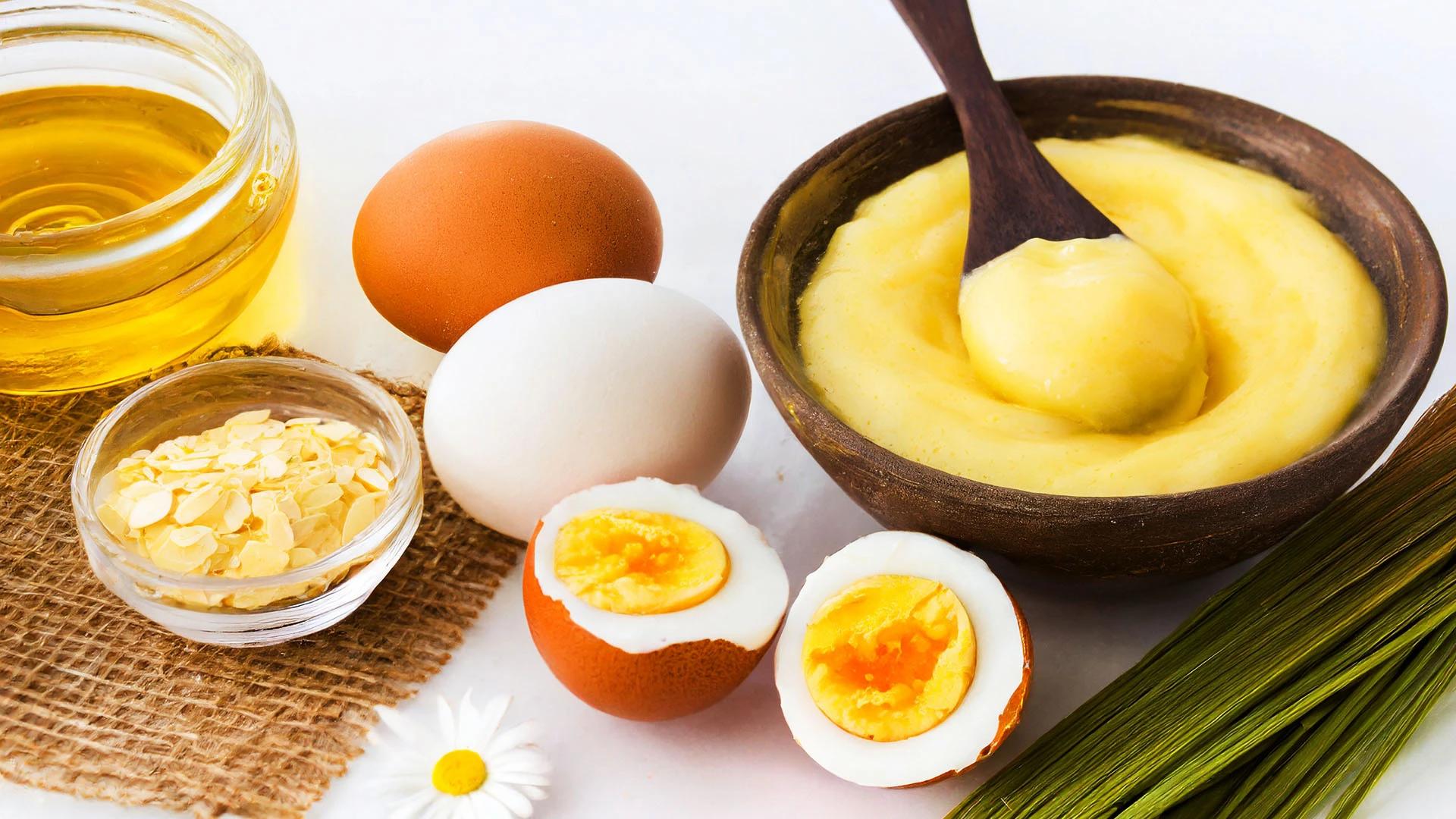Let's be real—your hair deserves more than just shampoo and conditioner. If you've been scrolling through endless reels of people flaunting their glossy locks, wondering what their secret is, we've got news for you. The answer might just be sitting in your kitchen cupboard. A good
hair mask can transform your strands from meh to magnificent, and the best part? You don't need to splurge on expensive salon treatments. DIY hair masks are your ticket to healthier, shinier hair without breaking the bank. Ready to discover how simple ingredients can become your hair's new best friend?
Understanding Hair Masks and Their Benefits
Think of a hair mask as a
deep conditioning treatment that goes way beyond your regular conditioner. While your everyday conditioner works on the surface, a hair mask penetrates deeper into your hair shaft, delivering intense nourishment where it's needed most. It's like giving your hair a proper spa day—except you're doing it from the comfort of your own bathroom.
The magic happens because hair masks contain concentrated ingredients that have time to work their way into damaged cuticles and dry strands. Unlike quick rinse-out conditioners, these treatments stay on your hair longer, allowing the goodness to really sink in.
What is a Hair Mask?
A hair mask is essentially a
hydrating hair treatment that's thicker and more nutrient-dense than regular conditioner. It's designed to address specific hair concerns like dryness, damage, or lack of shine. The consistency is usually creamier, and the ingredient list reads like a nutrition label for your hair—packed with oils, proteins, and moisture-binding ingredients.
Benefits of Using Hair Masks Regularly
Regular use of hair masks can work wonders for your locks. They help repair damaged hair cuticles, add moisture to dry strands, and can even help reduce breakage. Your hair becomes more manageable, shinier, and feels softer to touch. Plus, they're a brilliant way to target specific concerns without having to invest in multiple products.
Essential Ingredients for DIY Hair Masks
Before we dive into the fun stuff, let's talk about the building blocks of effective
nourishing hair care. The beauty of DIY hair masks lies in their simplicity—most ingredients are probably already in your kitchen. Each ingredient brings something different to the table, so knowing what does what helps you create the perfect blend for your hair type.
These ingredients work because they mimic what your hair naturally needs: moisture, protein, and protection. When you understand what each ingredient does, you can mix and match to create your own custom
moisturizing hair product.
Moisturising Ingredients
For dry, thirsty hair, reach for honey, coconut oil, or avocado. Honey is a natural humectant, meaning it draws moisture from the air into your hair. Coconut oil penetrates the hair shaft better than most oils, whilst avocado is packed with natural fats that smooth and soften. These ingredients work brilliantly as the base of any

